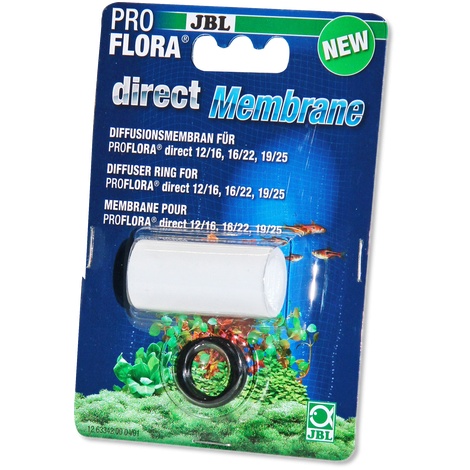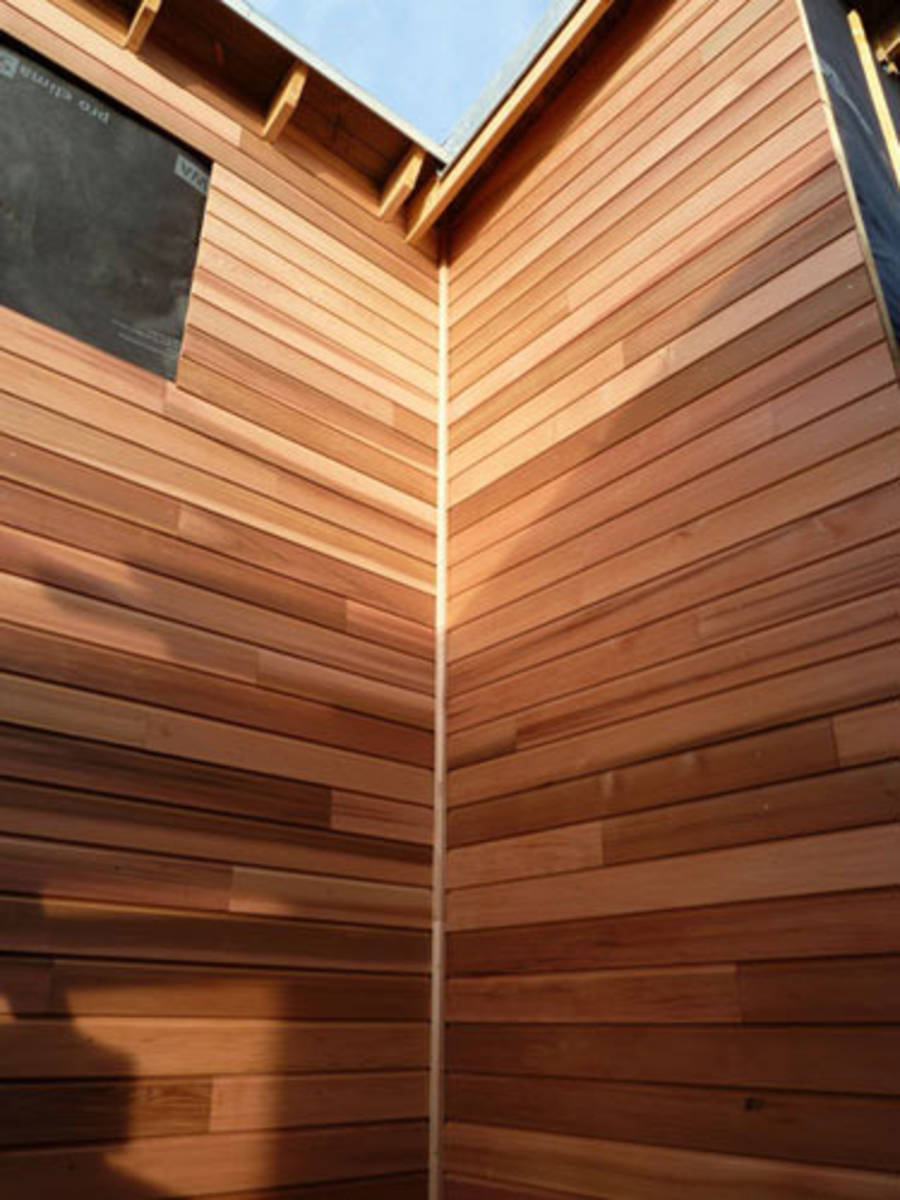PSC Pro WP Waterproofing Membrane System
PROFLEX™ SUPER STICK (ANSI 118.11) is a polymer modified mortar composed of sand, cement, dry resins and other proprietary chemicals used to adhere virtually all types of tile, especially large tile units, marble, and granite to acceptable surfaces. Super Stick is ideal for use over all Pro Flex membranes to assure maximum performance. Sani-Pro Elements combine innovative construction techniques, optimized subcomponents, and our portfolio of industry-proven membranes into the most advanced crossflow filtration membranes for the food, beverage markets. Pro-Red ® Waterproofing Membrane 963 Elastomeric Waterproofing and Anti-Fracture Membrane PRODUCT DESCRIPTION PRO-R ED ®WATERPROOFING MEMBRANE 963 is a ready-to-use, elastomeric, waterproofing and crack prevention membrane for all interior or exterior commercial and residential tile and stone installations. Easily applied with roller.
Pro WP is a soft polyethylene water-proof sealing membrane for covering cracks and waterproofing your shower, wall or floors in preparation for tile installation.
Pro WP exhibits excellent sealing properties, allows for easier renovation or building, and increases the life of tiles in damp locations.

Unlike other products like KERDI, Pro WP provides watertight solutions at a more affordable cost using superior MODIFIED THINSET (stronger, better stick, easier to install, no limitations on type of tile).
Advantages of Pro WP:
- Pro WP is extremely elastic, watertight, resistant to aging and does not rot.
- The fleece weave on the front and back makes for better adhesion when using tile adhesives.
- Pro WP is resistant to water, chemical solutions, salts, alkalis, alcohol, oils and organic solvents.
- Provides crack isolation of up to 1/8' movement
- The material traps water vapor and is harmless to human physiology.
- Waterproof rating of 0.07 PERM. Pro WP is approved for use in steam shower installations where vapor rating of waterproof material must be less than 0.5 PERM as dictated by TCNA (Tile Council of North America).
- Use superior Modified Thin-set. This adhesive offers a range of higher to much higher bond strengths depending on which brand and type you purchase. The correct modified thin-set allows installation of virtually any finished product to include ceramic, porcelain, metal, stone and glass tiles. Competing waterproof membranes that require unmodified thin-set cannot be used with glass or some porcelains.
Pro WP is environmentally friendly and can be disposed of with normal household waste.
Installation
- Foundation
The foundation must be capable of bearing weight and must be level. Any loose bits should be removed. A thin-set mortar must be chosen to suit the foundation. The thin-set mortar must be mixed to allow a good mechanical bond with the carrier fleece on the underside of the Pro WP mat. - Laying the mat
Before laying, cut the PSC WP matting to the appropriate size. Thin-set mortar should be laid with a minimum 1/8 x 1/8 square serrated trowel but preferably a 3/16' x 3/16' trowel on top of the foundation. Smooth the matting into the mortar over the entire area using a smooth trowel or the smooth side of a serrated trowel along with the carrier fleece. Hold the trowel at an angle and press hard to smooth out any air pockets. Use 6 wide Pro WP seal to overlap at junctions. Pro WP mats should be pressed into roughened mortar before it dries. Pre-formed components like the Pro WP inside and outside corner pieces are designed to provide sufficient overlapping to prevent any possible leaks. - Tiles
Tiles may be laid without delay using this-set mortar directly on top of the matting. During this process the normal precautions for laying tiles should be observed i.e. the thin-set mortar should be applied using appropriately serrated tools. For surfaces likely to be subjected to chemicals, appropriate grout and resin adhesive should be used.
Product Attributes
Do prada bags have a serial number. Watertight walls and floors increase the lifespan of tiled surfaces, brickwork and screed, indeed of buildings in their entirety. Live home 3d free download for windows 7.
Sealing of walls
Pro WP is used as a sealing layer for tiled walls. Pro WP adheres firmly to a foundation and is easy to work with.
Sealing in regions subject to large quantities of moisture
Wherever moisture is present in greater amounts than is normal, Pro WP is able to prove its outstanding sealing properties at the junction of walls and floors with a tiled covering.
Creating tiled surfaces that are resistant to acid
When used with epoxy-resin adhesive and suitable tiles Pro WP can even be used to make floor surfaces that are resistant to acids, as specified for floors in the food industry, for example.
Use as a sealing strip
Pro WP can also be used as a sealing strip for junctions where Dural Durabase CI++ or Pro WP are being used. Other applications include the sealing of junctions between walls and floors. An appropriate sealing adhesive also allows Pro WP to provide sealing of junctions between combinations of flooring materials.
In summary: Pro WP remains supremely watertight
even at the weakest points.
Learning Objectives
By the end of this section, you will be able to:
- Name examples of prokaryotic and eukaryotic organisms
- Compare and contrast prokaryotic cells and eukaryotic cells
- Describe the relative sizes of different kinds of cells

Cells fall into one of two broad categories: prokaryotic and eukaryotic. The predominantly single-celled organisms of the domains Bacteria and Archaea are classified as prokaryotes (pro– = before; –karyon– = nucleus). Animal cells, plant cells, fungi, and protists are eukaryotes (eu– = true).
Components of Prokaryotic Cells
All cells share four common components: 1) a plasma membrane, an outer covering that separates the cell’s interior from its surrounding environment; 2) cytoplasm, consisting of a jelly-like region within the cell in which other cellular components are found; 3) DNA, the genetic material of the cell; and 4) ribosomes, particles that synthesize proteins. However, prokaryotes differ from eukaryotic cells in several ways.
Figure 1. This figure shows the generalized structure of a prokaryotic cell.
A prokaryotic cell is a simple, single-celled (unicellular) organism that lacks a nucleus, or any other membrane-bound organelle. We will shortly come to see that this is significantly different in eukaryotes. Prokaryotic DNA is found in the central part of the cell: a darkened region called the nucleoid (Figure 1).
Unlike Archaea and eukaryotes, bacteria have a cell wall made of peptidoglycan, comprised of sugars and amino acids, and many have a polysaccharide capsule (Figure 1). The cell wall acts as an extra layer of protection, helps the cell maintain its shape, and prevents dehydration. The capsule enables the cell to attach to surfaces in its environment. Some prokaryotes have flagella, pili, or fimbriae. Flagella are used for locomotion. Pili are used to exchange genetic material during a type of reproduction called conjugation. Fimbriae are protein appendages used by bacteria to attach to other cells.
Eukaryotic Cells
In nature, the relationship between form and function is apparent at all levels, including the level of the cell, and this will become clear as we explore eukaryotic cells. The principle “form follows function” is found in many contexts. For example, birds and fish have streamlined bodies that allow them to move quickly through the medium in which they live, be it air or water. It means that, in general, one can deduce the function of a structure by looking at its form, because the two are matched.
A eukaryotic cell is a cell that has a membrane-bound nucleus and other membrane-bound compartments or sacs, called organelles, which have specialized functions. The word eukaryotic means “true kernel” or “true nucleus,” alluding to the presence of the membrane-bound nucleus in these cells. The word “organelle” means “little organ,” and, as already mentioned, organelles have specialized cellular functions, just as the organs of your body have specialized functions.
Cell Size
At 0.1–5.0 µm in diameter, prokaryotic cells are significantly smaller than eukaryotic cells, which have diameters ranging from 10–100 µm (Figure 2). The small size of prokaryotes allows ions and organic molecules that enter them to quickly spread to other parts of the cell. Similarly, any wastes produced within a prokaryotic cell can quickly move out. However, larger eukaryotic cells have evolved different structural adaptations to enhance cellular transport. Indeed, the large size of these cells would not be possible without these adaptations. In general, cell size is limited because volume increases much more quickly than does cell surface area. As a cell becomes larger, it becomes more and more difficult for the cell to acquire sufficient materials to support the processes inside the cell, because the relative size of the surface area through which materials must be transported declines.
Figure 2. This figure shows the relative sizes of different kinds of cells and cellular components. An adult human is shown for comparison.
Section Summary
Membrane Proteins Functions

Prokaryotes are predominantly single-celled organisms of the domains Bacteria and Archaea. All prokaryotes have plasma membranes, cytoplasm, ribosomes, a cell wall, DNA, and lack membrane-bound organelles. Many also have polysaccharide capsules. Prokaryotic cells range in diameter from 0.1–5.0 µm.
Millipore Filtration System
Like a prokaryotic cell, a eukaryotic cell has a plasma membrane, cytoplasm, and ribosomes, but a eukaryotic cell is typically larger than a prokaryotic cell, has a true nucleus (meaning its DNA is surrounded by a membrane), and has other membrane-bound organelles that allow for compartmentalization of functions. Eukaryotic cells tend to be 10 to 100 times the size of prokaryotic cells.
Additional Self Check Question
Membrane Prompt
1. Describe the structures that are characteristic of a prokaryote cell.
Answer
Membrane Protein
